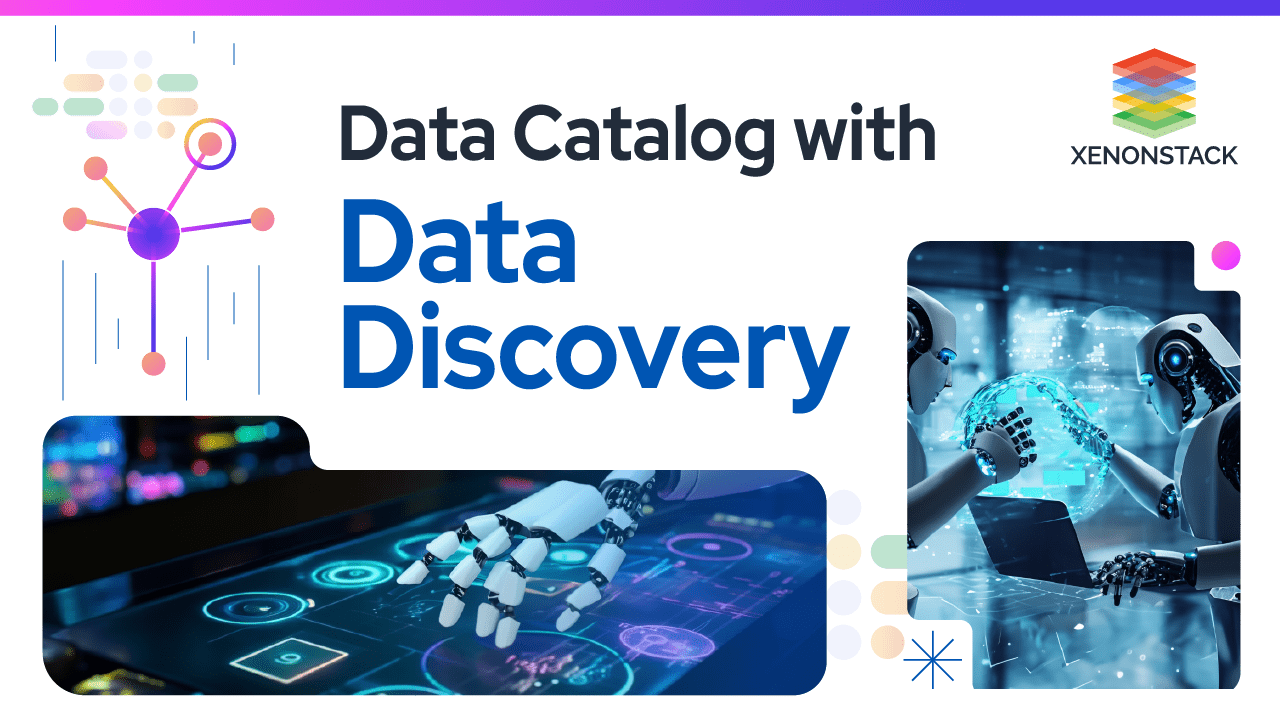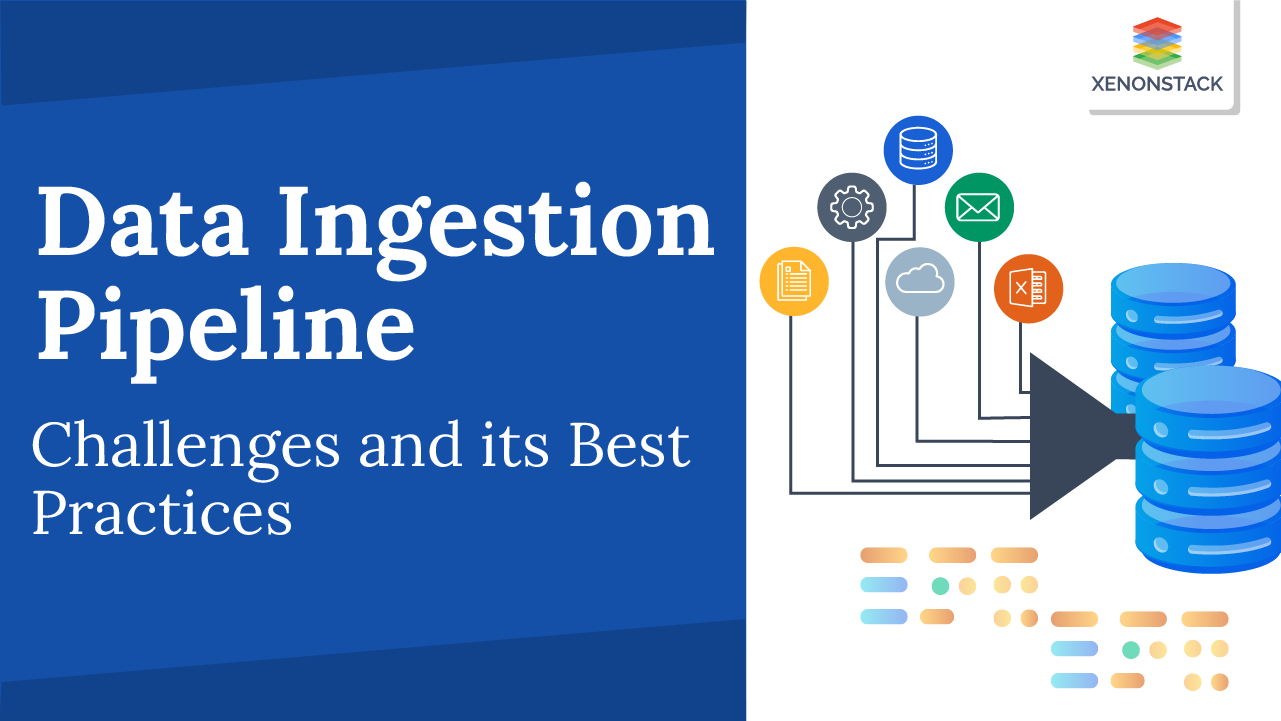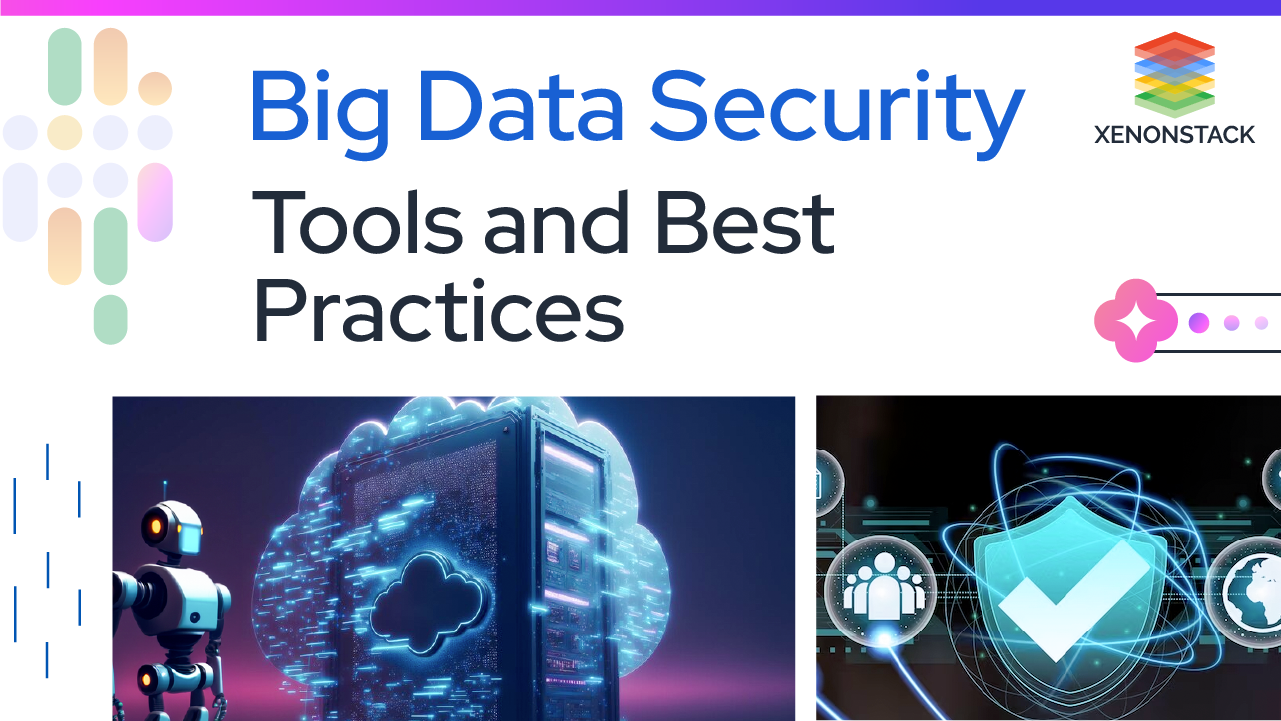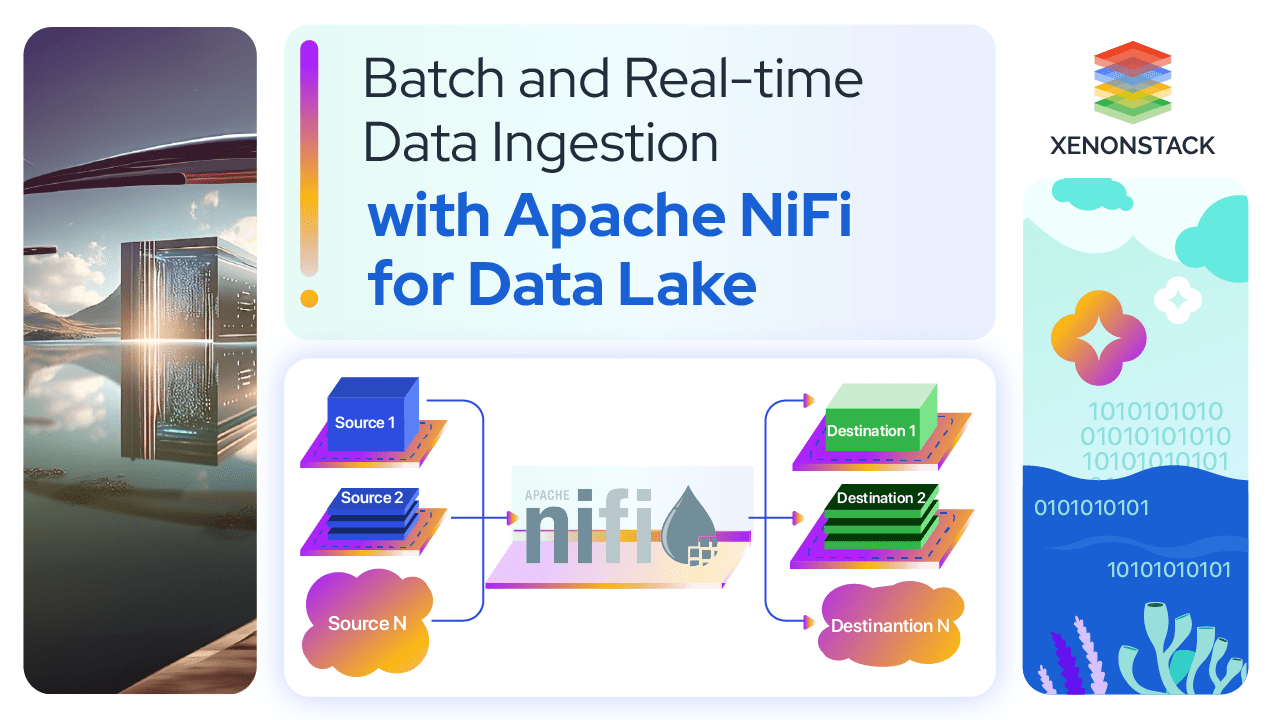
Importance of Data Catalog and Data Discovery Platform
The need for a Data Catalog and Data Discovery Platform is mentioned below:
1. Asset Collection
Users can logically catalog different kinds of data across platforms in various collections to support business definitions and use cases. The platforms make it easier to classify, search, and share corporate knowledge, thereby increasing the efficiency of finding the right, which provides insights to address business challenges.
2. Data Profiling
The data catalog and discovery platform helps you understand the real meaning of your data and its meaning, origin, or point of ingestion. Data profiling helps analyze key metrics and classify sensitive personal information, resulting in better insights and classified-based protection, thus answering questions like What is the most recent dataset? Can any data sets be deprecated?
3. Lineage and Impact
Increases data reliability by encapsulating the origin and accentuating the process that created it, thus giving a transparent process by showing how data is being used, how it travels through the pipeline, and the impact on downstream tables, answering questions like Who is authorized to access this data? When was this data used? Who used this data? What are the upstream and downstream jobs of this data?
4. Security and Classification
Data assets can be organized into categories and curated for faster and easier discovery this can also help in advanced security and governance. Automation ensures that compliance rules are applied consistently at the derived data set. This, in return, answers questions like Who is authorized to access this data? When was this data used? Who used this data?
5. Audit and Monitoring
Dashboards and metrics provide insights into data usage. The insights can provide access patterns and trends and help direct alerts where needed. They can also alert data stakeholders to potential unauthorized access/usage of data.
6. Business Glossary
View your business data and help get the right information to users using natural language queries. We can give business meaning to the data set by categorizing terms from hierarchically glossary vocabulary.

Conclusion of Data Catalog with Data Discovery
In conclusion, Data discovery and cataloging enlighten us about what we have and how it relates. Together, they discover relationships between different data sets and help us connect the dots between them. They provide a reservoir of information about data assets, what they contain, where they are most relevant, and who might have access to them. Both jointly act as vocabulary for the business logic for the data.




